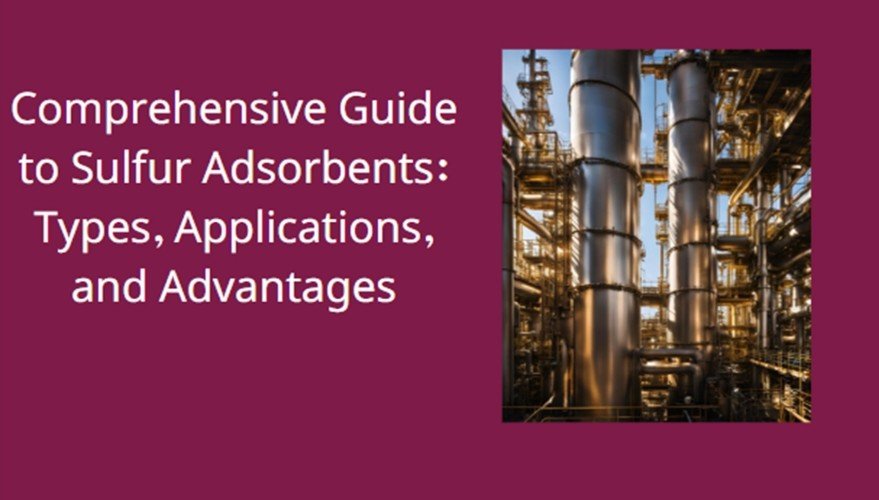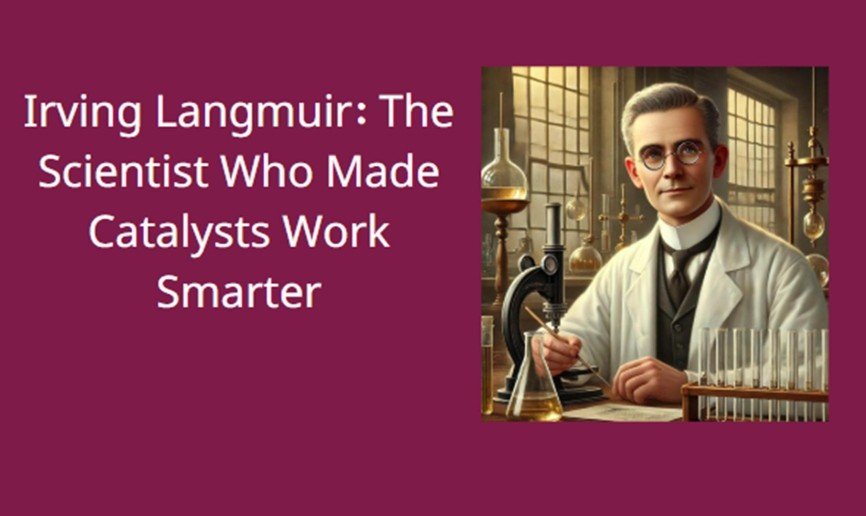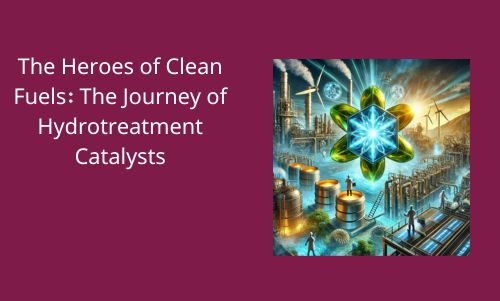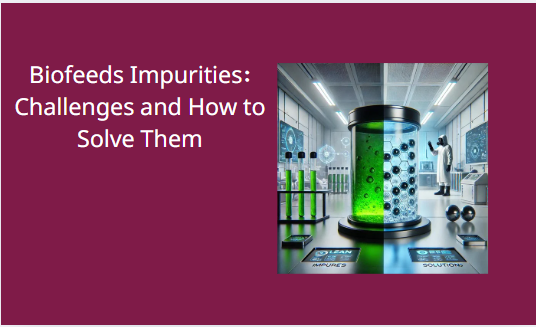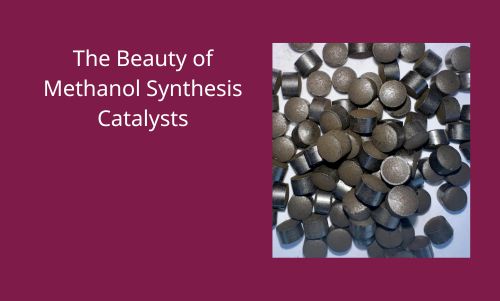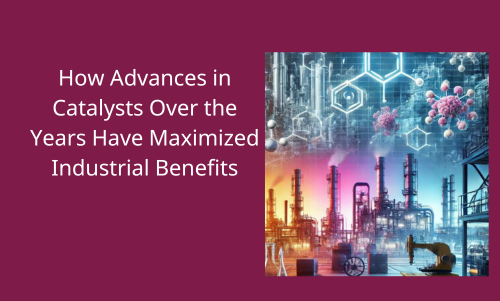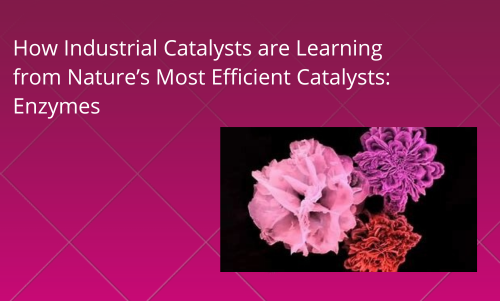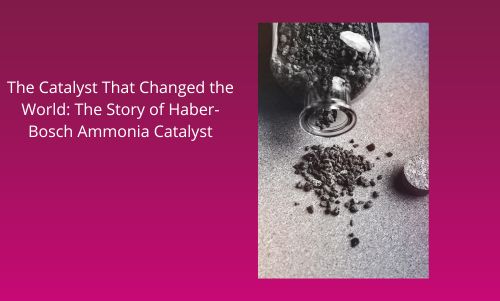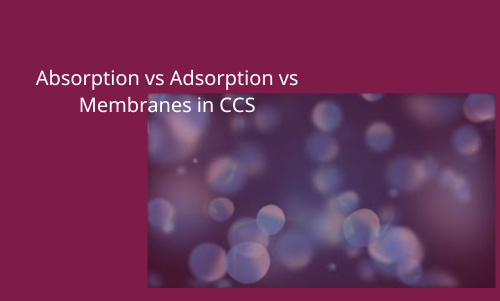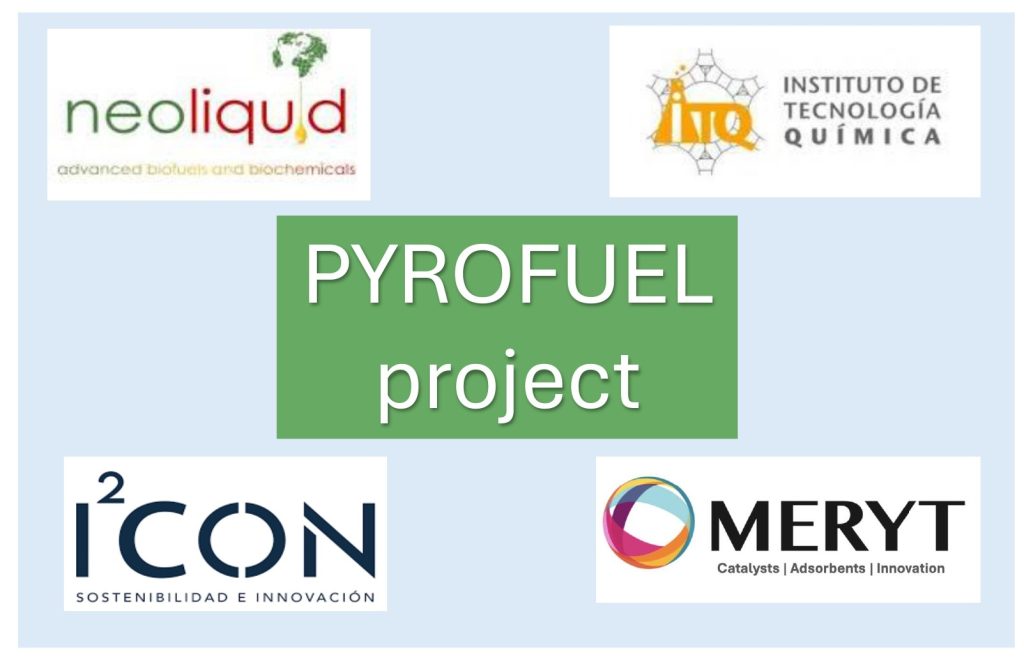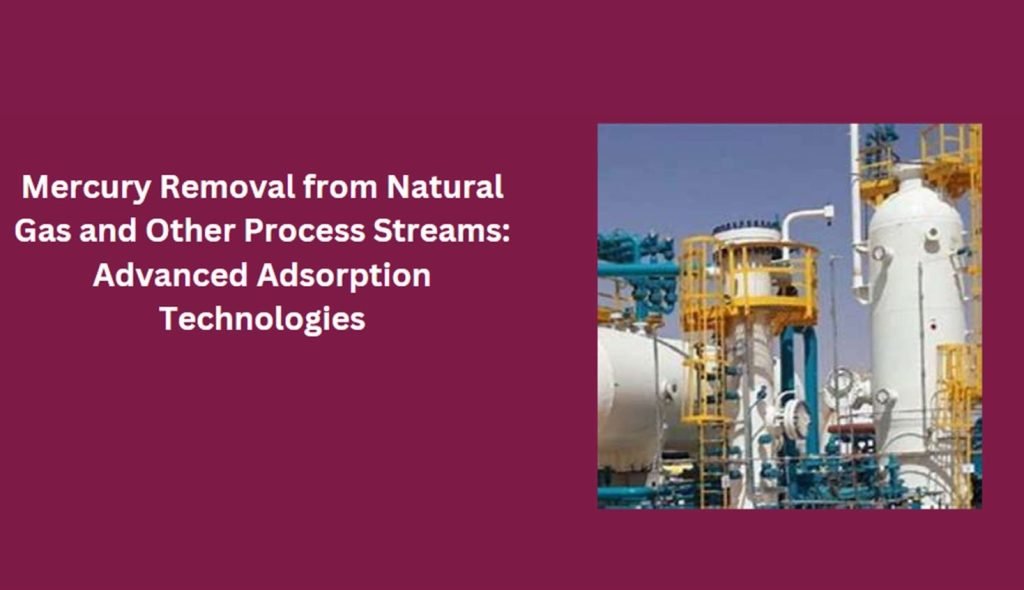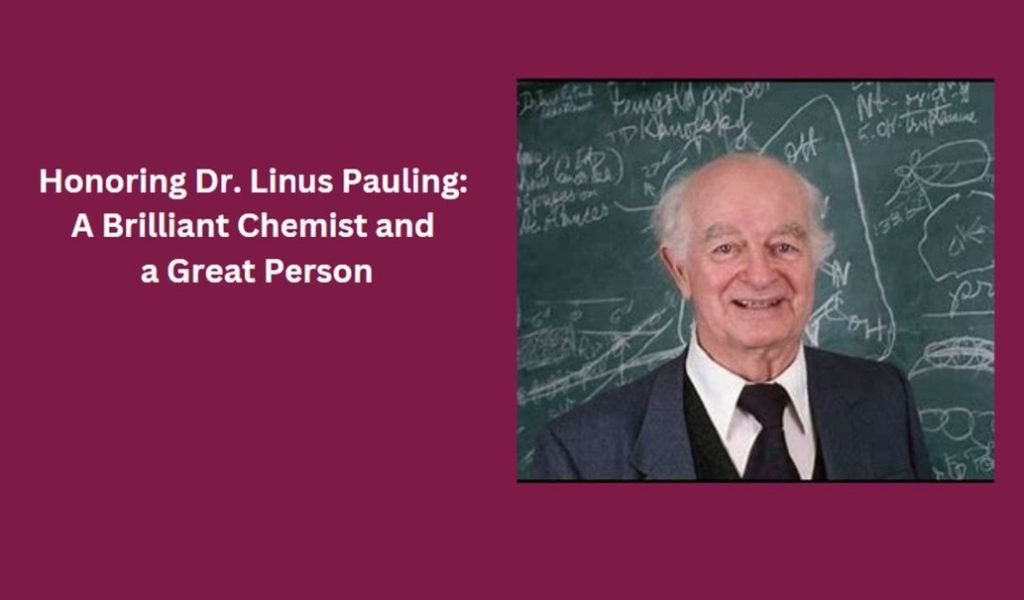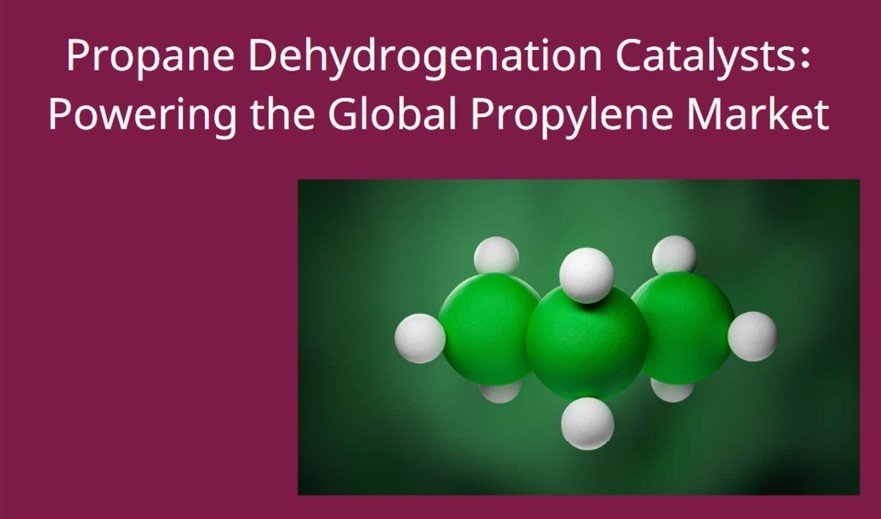Types, Applications, and Advantages
Introduction
Sulfur removal is essential in refining and petrochemical industries to ensure clean fuel production and protect downstream equipment. Various sulfur adsorbents target specific sulfur compounds, and their use depends on the feedstock composition and process conditions. This article provides a detailed overview of the major sulfur adsorbents, including their characteristics, applications, and technical advantages.
1. Zinc Oxide (ZnO): The Sacrificial Workhorse
Type: Sacrificial
ZnO is widely used for bulk H₂S removal in gas-phase applications, such as natural gas, syngas, and refinery off-gas streams. It reacts chemically with H₂S to form stable ZnS, making it a highly effective but single-use material for high-sulfur environments. ZnO operates efficiently at high temperatures (300°C–500°C), ensuring reliable sulfur capture in severe conditions. However, its sacrificial nature requires periodic replacement, and spent ZnS must be properly disposed of to comply with environmental regulations.
2. Molecular Sieves (Zeolites): Precision Adsorbents
Type: Regenerable
Molecular sieves are crystalline materials with a microporous structure that selectively adsorb sulfur compounds, such as mercaptans and light thiophenes, from high-purity streams like LPG and natural gas. Their performance relies on the size and polarity of the sulfur molecules relative to the zeolite’s pore structure. Regenerable through controlled heating, molecular sieves offer high selectivity and efficiency. However, they require pre-dried feeds to avoid moisture sensitivity, which can compromise adsorption capacity.
3. Activated Carbon: The Versatile Option
Type: Regenerable or Sacrificial
Activated carbon physically adsorbs light sulfur compounds, such as mercaptans and thiophenes, from LPG, gasoline, and natural gas streams. It can be regenerated through thermal or steam desorption, making it suitable for moderate sulfur concentrations. In high-sulfur environments, activated carbon acts as a sacrificial adsorbent, requiring replacement after saturation. Its versatility allows it to be used in both gas and liquid streams, but repeated regeneration may degrade performance over time, and proper disposal of spent material is necessary.
4. Alumina-Based Adsorbents: The Polar Specialists
Type: Regenerable or Sacrificial
Alumina adsorbents are effective for removing polar sulfur species like carbonyl sulfide (COS) and H₂S from gaseous and liquid hydrocarbons. Sulfur removal occurs via polar interactions with the alumina surface. These adsorbents offer good thermal and mechanical stability, making them adaptable to various operating conditions. However, they have a lower capacity for non-polar sulfur compounds like dibenzothiophenes (DBTs). Regeneration requires specific temperature and pressure conditions to maintain their efficiency.
5. Iron Oxide (Fe₂O₃): A Robust Sulfur Scavenger
Type: Sacrificial
Iron oxide is widely used for H₂S removal in natural gas, biogas, and refinery gas streams. Its chemisorption mechanism reacts H₂S with Fe₂O₃ to form stable FeS, making it a reliable choice for bulk sulfur removal, especially in low-temperature operations (30°C–70°C). Iron oxide is cost-effective and has a high sulfur capacity, capable of removing up to 60% of its weight in sulfur. However, it requires periodic replacement, and proper disposal of spent FeS is essential for environmental compliance. Iron oxide is less effective for lighter sulfur compounds like mercaptans but provides excellent protection for downstream equipment in high-sulfur environments.
6. Mixed Metal Oxides: Heavyweight for Refractory Sulfur
Type: Sacrificial
Mixed metal oxides, such as CuO, MnO₂, ZnO, NiO, and MoO₃, are highly effective for removing refractory sulfur compounds, including DBTs, from diesel, jet fuel, and heavy fractions. These oxides chemically react with sulfur to form stable sulfides, enabling deep desulfurization under harsh conditions. Formulations can be tailored for specific sulfur species, providing high selectivity and capacity. Although mixed metal oxides excel in performance, they require periodic replacement, and proper disposal of spent adsorbents is necessary to comply with environmental regulations.
7. Metal-Organic Frameworks (MOFs): Emerging High-Tech Adsorbents
Type: Regenerable
MOFs are advanced materials that offer exceptional surface area and tunable pore structures for selective sulfur adsorption. They are particularly effective for ultra-low sulfur fuel (ULSF) applications, where even trace amounts of sulfur compounds, such as thiophenes and DBTs, must be removed. MOFs can be regenerated under controlled conditions, making them a reusable option for high-precision applications. Despite their high efficiency and potential for simultaneous impurity removal, MOFs face challenges such as high production costs and limited availability for large-scale industrial use.
Choosing the Right Adsorbent
The selection of a sulfur adsorbent depends on the feed composition, sulfur concentration, and operational goals. For bulk H₂S removal, ZnO or iron oxide are excellent options, while molecular sieves and activated carbon are better suited for lighter sulfur compounds. Alumina-based adsorbents target polar sulfur species, and mixed metal oxides handle refractory sulfur in heavy fractions. MOFs represent the future of ultra-pure desulfurization, providing unparalleled selectivity and efficiency.
Summary Table: Sulfur Adsorbents
| Adsorbent Type | Type (Sacrificial/Regenerable) | Applications | Mechanism | Key Advantages | Key Challenges |
| Zinc Oxide (ZnO) | Sacrificial | Bulk H₂S removal from natural gas, syngas, and refinery off-gas | Reacts chemically with H₂S to form ZnS | High sulfur capacity; effective at high temps | Requires periodic replacement; generates ZnS waste |
| Molecular Sieves | Regenerable | Removing mercaptans and thiophenes from LPG, natural gas | Selectively adsorbs based on pore size/polarity | High selectivity; reusable; chemically stable | Sensitive to moisture; higher operational costs |
| Activated Carbon | Regenerable or Sacrificial | Light sulfur removal from LPG, gasoline, natural gas | Physical adsorption on porous surface | Versatile; suitable for gas and liquid streams | May degrade over cycles; proper disposal required |
| Alumina-Based | Regenerable or Sacrificial | Removing COS, H₂S, and moisture from hydrocarbons | Polar interactions with sulfur compounds | Broad application range; stable | Low capacity for non-polar sulfur; specific regen conditions |
| Iron Oxide (Fe₂O₃) | Sacrificial | Bulk H₂S removal from natural gas, biogas, Claus plant gas streams | Reacts with H₂S to form FeS | Cost-effective; high sulfur capacity | Requires periodic replacement; disposal of FeS required |
| Mixed Metal Oxides | Sacrificial | Deep desulfurization of diesel, jet fuel, heavy fractions | Chemical reaction with sulfur to form sulfides | High capacity; targets refractory sulfur | High replacement cost; disposal of spent materials |
| Metal-Organic Frameworks (MOFs) | Regenerable | Ultra-low sulfur fuel applications, specialized streams | Sulfur adsorption via tunable pore structures | Exceptional selectivity; high efficiency | High production cost; limited large-scale availability |
Sulfur adsorbents are indispensable in achieving clean fuel standards and protecting refining processes. From cost-effective solutions like ZnO and iron oxide to advanced technologies like MOFs, each adsorbent type addresses specific challenges. MERYT Catalysts & Innovation offers tailored sulfur adsorbent solutions to optimize performance and ensure compliance with environmental standards.

